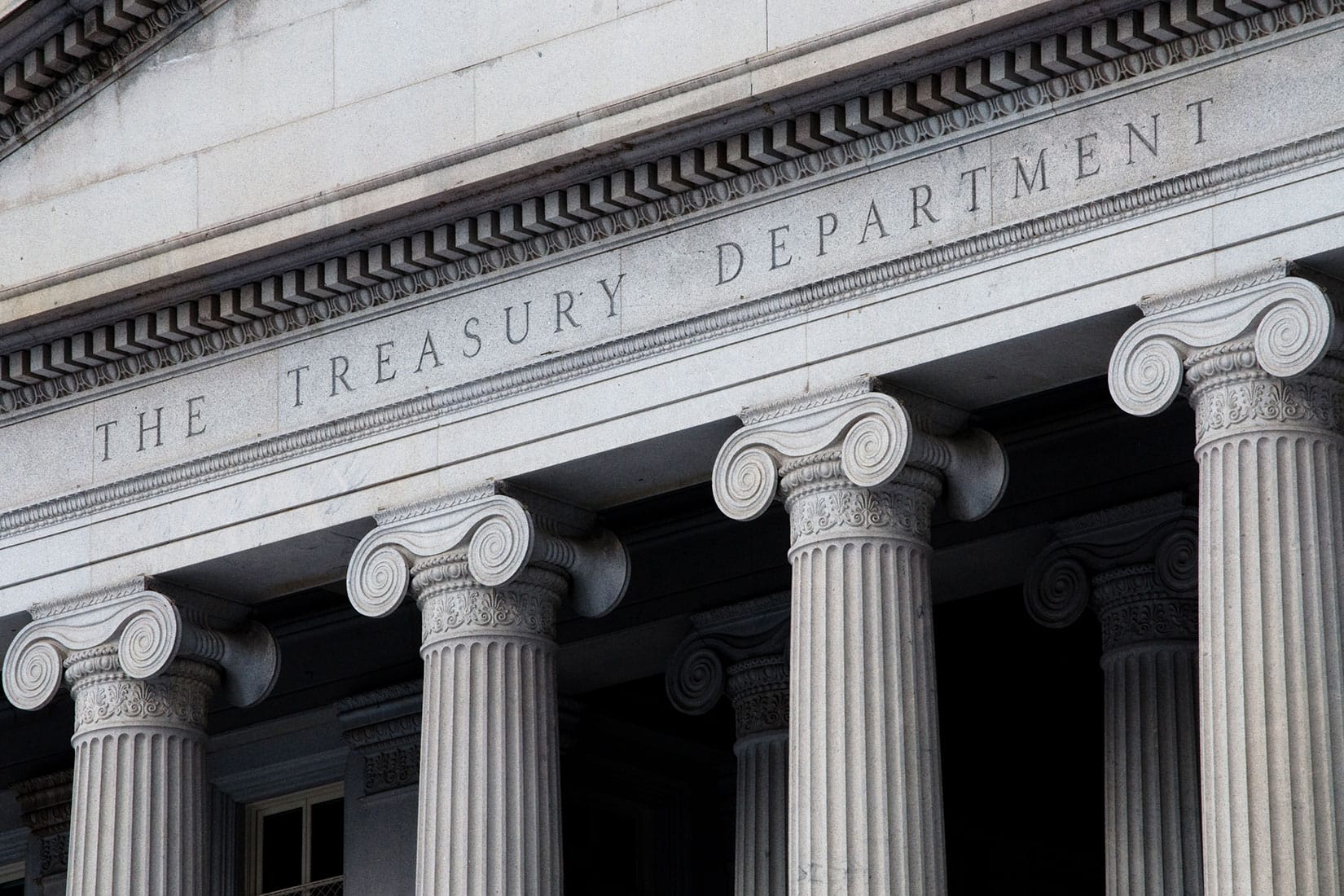Former U.S. President Donald Trump has made headlines again, this time for a cost-saving measure targeting the smallest denomination of U.S. currency: the penny. Trump recently stated that he has directed the Treasury Department to cease the minting of new pennies. This decision comes amid concerns over the rising costs associated with producing the one-cent coin, which has long been a source of debate in economic and governmental circles.
In a statement released on social media, Trump emphasized the financial inefficiencies of penny production. “For far too long, the United States has minted pennies which literally cost us more than their face value. This is so wasteful!” he remarked. Indeed, recent data from the U.S. Mint indicates that producing a single penny now costs approximately 3.7 cents, a significant increase from previous years. These costs include the expense of raw materials, primarily zinc and copper, as well as production, distribution, and labor expenses.
For decades, pennies have been a staple of American currency, first minted in 1793. However, the real value of the coin has diminished over the years due to inflation. Additionally, the manufacturing costs for pennies have regularly exceeded their one-cent value since 2006. Fiscal year reports show that the production of pennies resulted in substantial losses for the U.S. Mint, amounting to tens of millions of dollars annually. In 2024 alone, the Mint reported a loss of over $85 million from penny production.
The decision to halt penny production sparks a broader conversation about the future of small-denomination coins and their role in modern society. According to reports, most pennies issued by the Mint ultimately circulate as spare change or accumulate in jars and drawers rather than being actively used in transactions. This contributes to persistent demand for new coins, further exacerbating the financial losses associated with their production.
Trump’s directive, however, is not without controversy and potential hurdles. While he has expressed his intent to end penny production, the question of authority looms large. Under U.S. law, the Treasury Department and U.S. Mint cannot unilaterally eliminate a denomination of currency. Congressional approval is required to officially discontinue the penny, meaning lawmakers will need to weigh in on the matter. Historically, efforts to phase out the penny have faced resistance from various groups, including coin collectors, businesses, and advocates for maintaining traditional currency.
From an economic perspective, eliminating the penny might simplify cash transactions and reduce costs. Other countries, such as Canada, New Zealand, and Australia, have already discontinued their smallest coin denominations without any significant disruptions to their economies. In those cases, transactions involving cash are typically rounded to the nearest five or ten cents. Advocates for removing the penny in the U.S. argue that similar measures would have a negligible impact on consumers and businesses, streamlining transactions while curbing government losses.
On the other hand, critics of discontinuing penny production raise concerns about potential price increases resulting from rounding. They contend that eliminating the penny could disproportionately affect consumers with lower incomes who rely on cash for everyday transactions. Businesses may also face challenges in adjusting pricing structures and cash handling systems. Moreover, the penny holds sentimental and historical value for many Americans, and its removal could be seen as an erosion of cultural heritage.
The nickel, often used as a substitute for pennies in cash transactions, is not immune to scrutiny either. Like the penny, the production cost of nickels has exceeded their face value for years. Experts suggest that an overhaul of the entire monetary [coinage](https://pollinations.ai/referral?topic=coinage) system may eventually be necessary to tackle persistent inefficiencies and costs.
In the coming months, this directive could place lawmakers in a difficult position, forcing them to consider the merits and consequences of eliminating the penny. Analysts predict that any policy change would likely be accompanied by thorough evaluations of the economic and social impacts associated with phasing out the coin.
Regardless of one’s stance on the issue, Trump’s announcement reignites the debate over the relevance and practicality of currency modernization. His administration’s effort to address inefficiencies in government spending, albeit divisive, speaks to a broader push for reform that may shape the future of U.S. financial systems.
As the discussion unfolds, experts suggest keeping an eye on similar international transitions and economic studies for insights into how eliminating the penny could affect the United States. Whether for or against the measure, the next steps in this debate will ultimately determine whether the penny will remain a part of American currency or join the ranks of obsolete coins in history.
##

